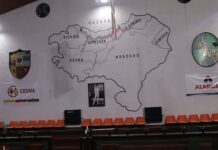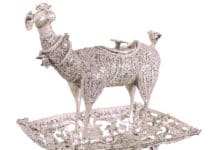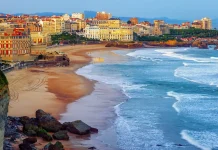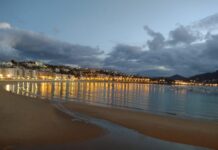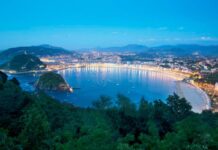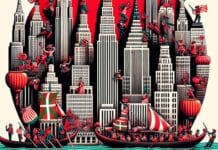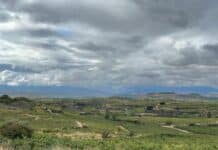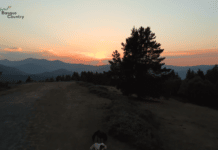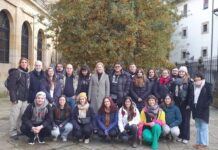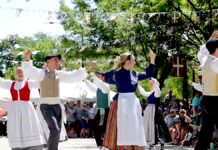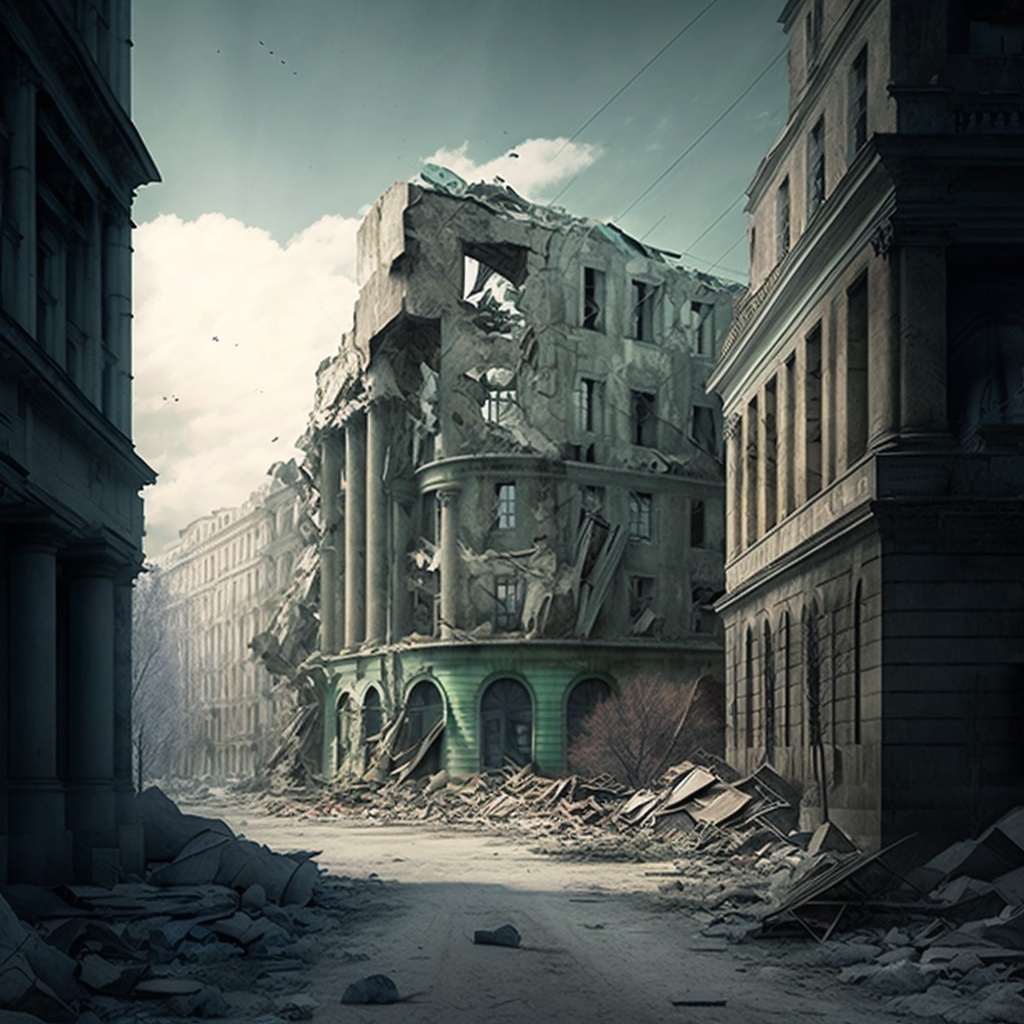We are living through the truly awesome development of Artificial Intelligence (AI). This technology may turn into the “fourth leg” of a revolution that is also based on quantum computers (which we recently discussed, as one is being installed in San Sebastian) and on the digitalization of knowledge, which has turned the internet into an immense repository where unimaginable amounts of information are literally at one’s fingertips.
The fourth element of this revolution, which we’re currently undergoing, is the possibility we all have of contributing information to that repository, be that adding information, opinion, and reflections, as we ourselves are doing right now, but also fake news, lies, and other people’s personal information.
An ethical and legal quandary
It’s that “flip side” of this situation that we’re living through now: the internet is not neutral. This is due not only to how we don’t all have the same access to it, which is in and of itself a serious problem, but also to how it is equally easy to spread the truth and lies, what is real and what is fake, things that are legal and things that are illegal. Though it might seem contrary to the idea of “neutrality,” the problem the internet has is that everything has the same value and the same reach. There are no efficient mechanisms in place to protect us from the lies, fake news, and outright illegal things.
What’s more, the internet, especially social networks, offer corners where ideas that were, until a few years ago, considered eccentricities, limited to a small group, can now grow and be amplified beyond all control. These places for all types of conspiracies, from flat-earthers to any other kind, can spread false “statistics” and “data,” and make up all kinds of info, and find it will be repeated. This disinformation is handily consumed by those who think they’re smarter than everyone else, the members of the “I don’t get fooled” club.
This is all based on the idea that whatever disagrees with what I want or believe is false, a setup by a secret society that wants to take over the world. “If I believe in something, how can it be fake? The people who disagree with me are wrong, or are liars and manipulators. Besides, it must be true because I read it on the ‘internet.'”
We remember a vignette drawn by Argentine artist Daniel Paz, which he published on his Twitter feed in 2020, which we believe sums this up quite well:
— Daniel Paz (@DanielPazAhora) May 3, 2020
“Dad, that news is fake.” “But how can it be fake if it says exactly what I think?”
We’ve been mulling this over the past few days, and we decided to play around with the artificial intelligence programs that are proliferating online. These programs answer your questions, write code, draft news items, and create realistic images of imaginary situation, such as this one of Pope Francis as a rapper.
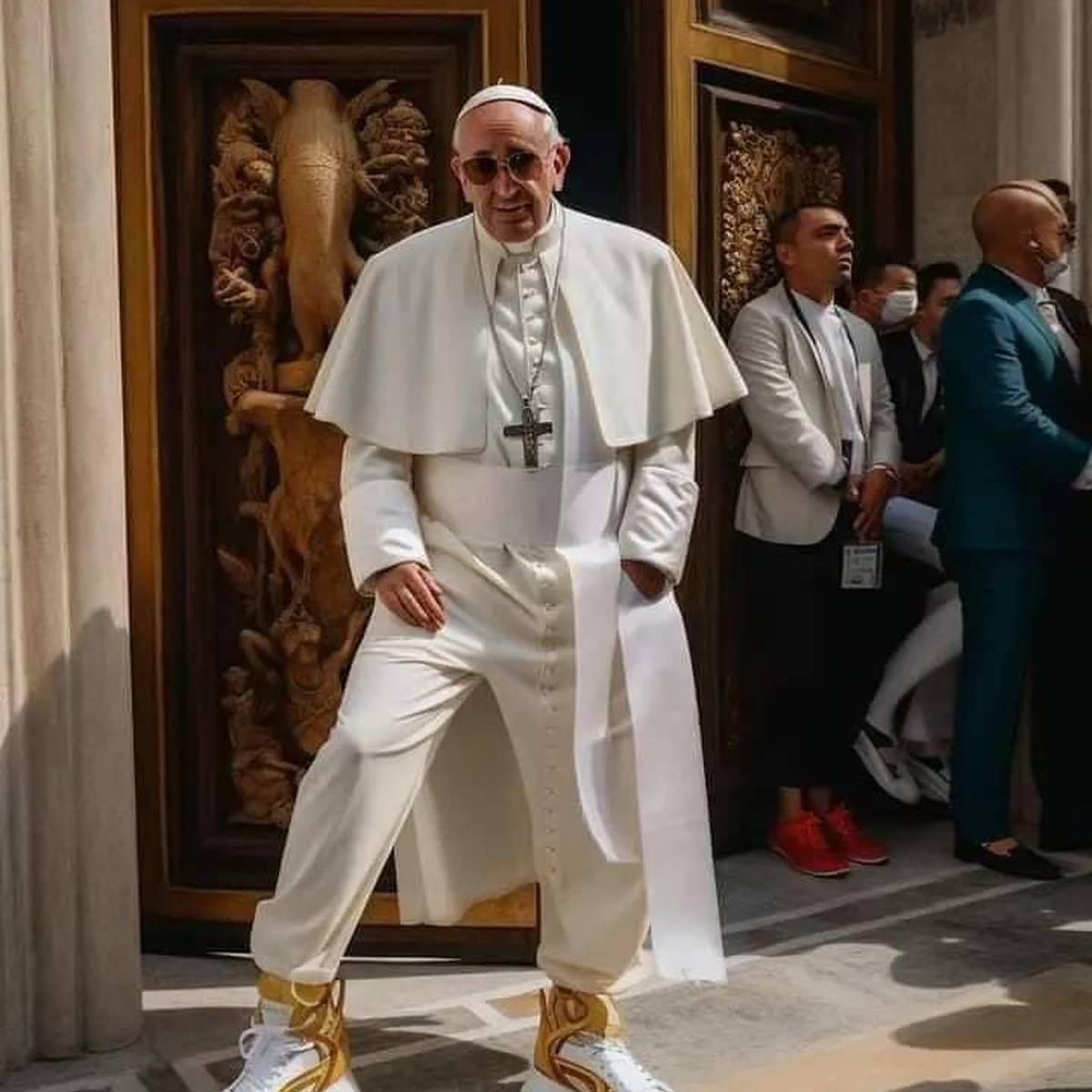

This is an “innocent” image, but there are already many realistic porn images and videos online, created by AI, where real people appear in made-up situations, and it’s hard to tell them apart from actual, true images.
We also chose this image of the pope because a few days ago, he shared his thoughts on the matter. We think it’s a good thing religions are taking a stand on these topics, because it might also serve to get those people who are “making up reality” to stop and think about their actions in this field.
Our Experience
Our experience with AI has shown us to have its ups and its downs. We asked it several questions about matters we know well, and it gave us some correct answers, and some which weren’t.
We believe the same thing about the internet, or a calculator, as we do for AI: it can be a good tool, as long as we’re aware that the final filter anything has to pass through is our own personal and critical intelligence.
As a show of how AI works, we asked one, Midjourney, to create for us an unrealistic image of the Tree of Guernica, and another, OpenAI/ChatGPT to write us a poem. The goal was to see how the concepts and ideas that are settled internationally about such an important and recognizable Basque symbol would be reflected by AI.
In the poem, we find references to the Tree as a symbol of Basque freedoms, and in the images, we can easily see the influence Picasso’s painting about the Bombing of Guernica had. This encouraged us to ask for more images of the bombing, and we were given several options, which we share here.
Tree of Guernica
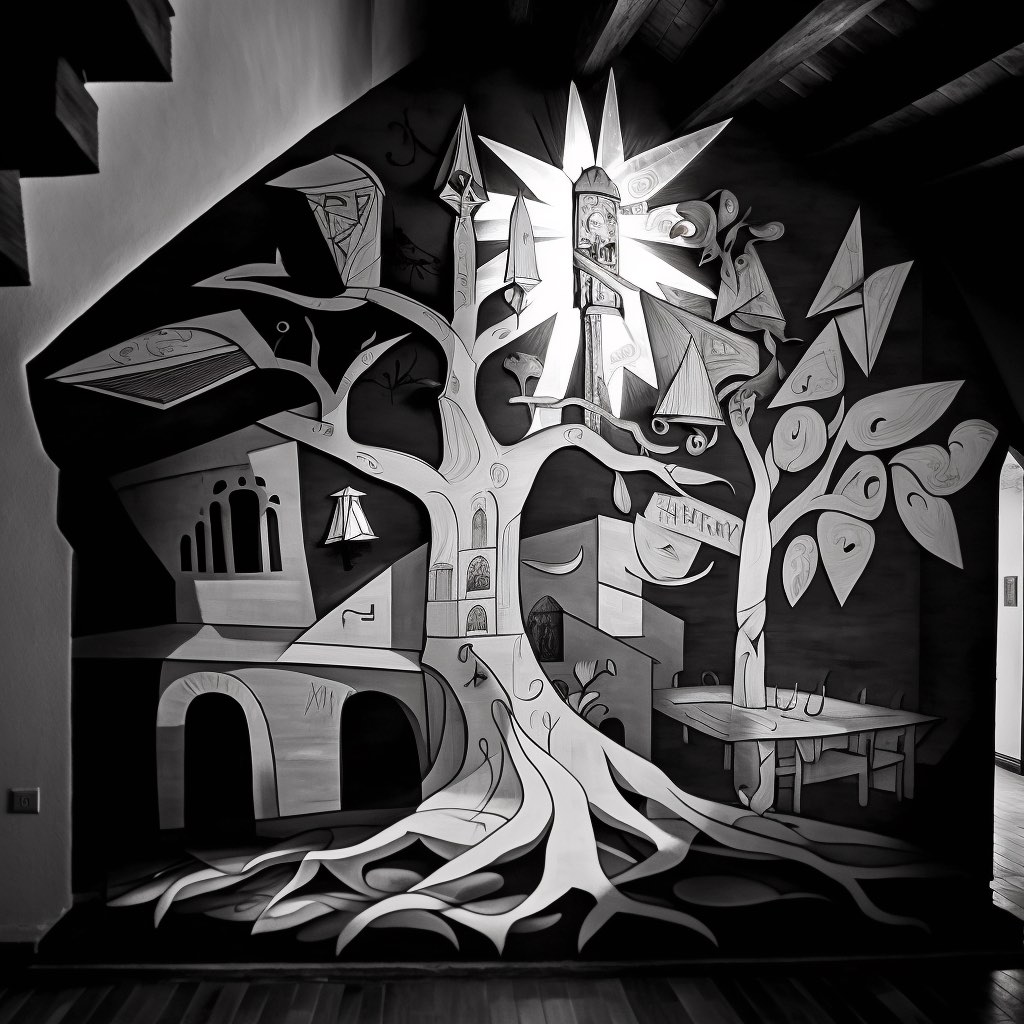

Bombing of Guernica, as imagined by AI
Realistic version
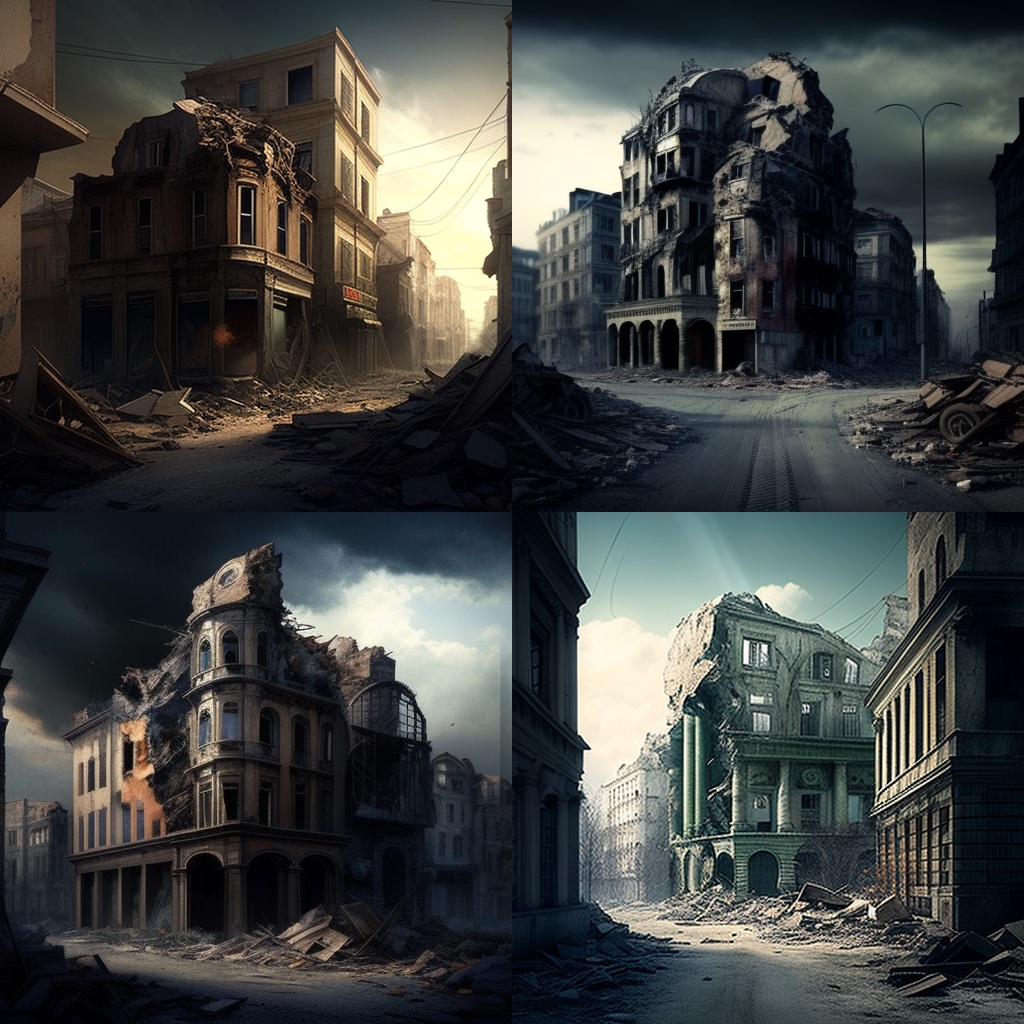

Conceptual Version
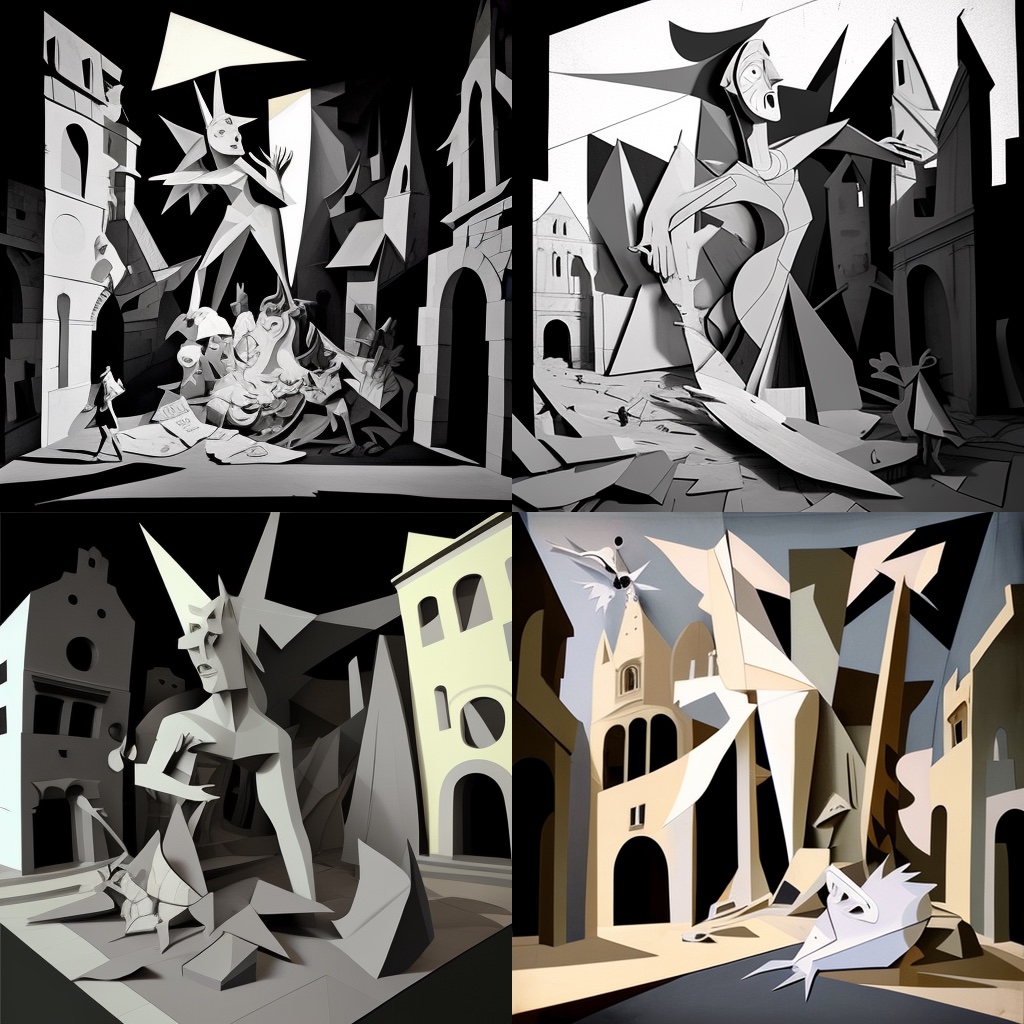

Poem about the Tree of Guernica
In the heart of the Basque Country,
there stands a sacred tree
imbued with history
and sheltering those who seek unity.
The Tree of Gernika is its name,
a symbol of freedom and tradition,
bearing witness to the alliance
of a people fighting for their claim.
Beneath its branches, representatives
of Biscay once gathered,
deciding their fate with dignity,
defending their land with valor.
It was a symbol of resistance and struggle
when oppression sought to rule,
and the Basque people united to overcome,
to win their liberty, their right, their due.
Still standing tall, proud and steadfast,
its past and present cherished,
while gentle, soothing winds caress
its leaves with love and respect.
The Tree of Gernika is a symbol
of the strength and history of a people,
defending their freedom and right,
continuing to fight for their future bright.
Last Updated on Dec 3, 2023 by About Basque Country




